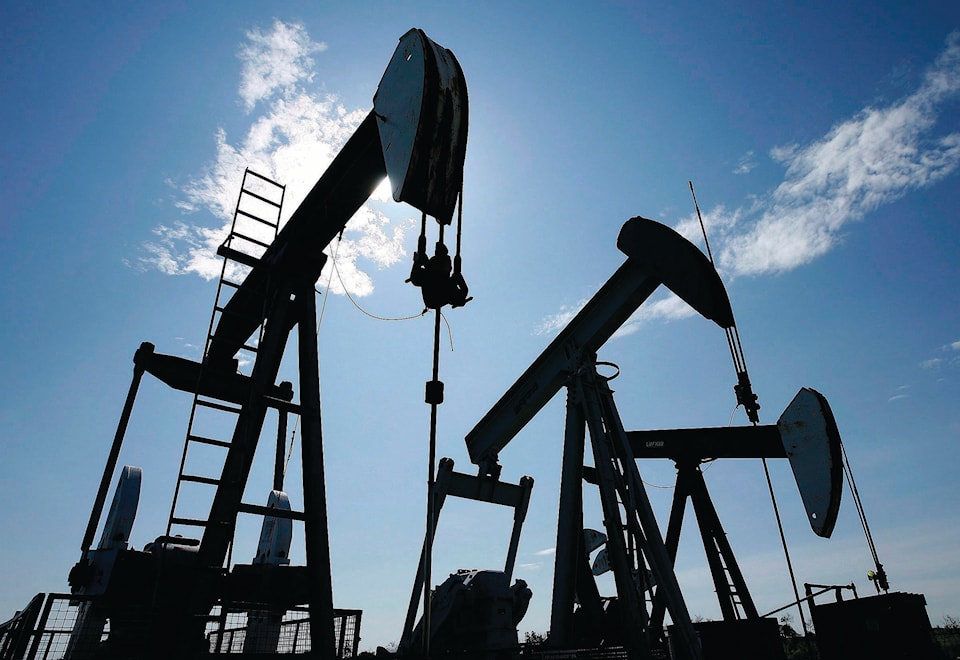It’s a waiting game for Alberta.
The province’s economy is stuck in low gear while Alberta waits for the new pipeline capacity that is needed to move more oil to market, a report released Tuesday by ATB Financial states.
The economic outlook reflects the challenge insufficient pipeline capacity is posing for the provincial economy.
With a sluggish oil and gas sector dampening job creation, consumer spending and construction activity, ATB is forecasting 0.8 per cent real GDP growth for Alberta in 2019 and two per cent growth in 2020.
“Alberta’s economy is facing challenges from all sides — from the lack of pipeline capacity to trade wars — which is why ATB is forecasting marginal growth this year,” said ATB chief economist Todd Hirsch.
“At the same time, we are forecasting growth of two per cent in 2020, assuming some of the transportation issues clogging up the oilpatch will be resolved and investment in new production will increase.”
Alberta’s export sector is being hindered by Chinese restrictions on key Canadian agricultural products and a slowing global economy.
“Despite the global headwinds and ongoing pipeline challenges, the Alberta economy is still forecast to grow, albeit less than one per cent this year,” said Hirsch.
Like a large rock dropped into a pond, the oil and gas sector’s troubles have rippled out across the provincial economy and dampened job creation, consumer spending and construction activity.
Until investors feel confident regarding completion of the delayed Line 3 Replacement Program, a positive resolution to the Keystone XL pipeline saga or progress on the Trans Mountain pipeline expansion, investment in Alberta’s oilpatch will be soft, and in turn, overall economic growth will be sluggish, the report notes.
Many investors have been unwilling to risk capital on new oil production without a clearer sense of when the transportation bottleneck will be resolved. As a result, estimated capital spending in the oil and gas sector —while still significant — is three per cent below the 2018 level and 55.4 per cent below the record set in 2014.
Job creation has been tepid in 2019, with total employment contracting four times between January and August. The average number of jobs in the province over the first eight months of 2019 was only 0.4 per cent above the 2018 average.
Job creation has lagged the growth in job seekers, with the labour force growing by 25,200 since the end of 2018, compared to just 2,400 net new jobs. As a result, the number of unemployed Albertans has been growing, and the average unemployment rate so far in 2019 has increased to 6.9 per cent, compared to 6.6 per cent last year.
Alberta’s unemployment rate remains above the national rate, which has averaged 5.7 per cent over the first eight months of the year, the report states.
Weak consumer spending is both a reflection of the overall weakness in the provincial economy and a contributor to it.
Adjusting for seasonal variation, Alberta consumers spent about $26 million less in June than they did in May, for a drop of 0.4 per cent.
Sales were also down compared to the previous June by 1.1 per cent. June was the second month in a row in which sales contracted, with spending down in four of the first six months of 2019.
Average sales over the January to June period were off by 0.2 per cent compared to the 2018 average.
The construction sector continues to struggle, with the value of building permits issued by Alberta municipalities on track to be about 15 per cent lower this year.
mamta.lulla@reddeeradvocate.com
Like us on Facebook and follow us on Twitter
